Bonneville Salt Flats are part of the Pleistocene Lake Bonneville. Lake that was exist here from 30,000 to 13,000 years ago and includes current Salt lake. Means salt crust is just a bottom sediments. Mostly it’s just a table salt (about 90%) but in very huge amount of 147 million tons (estimated). Thickness of crust is varies from 1 inch at the edge up to 5ft in the middle. Flats is about 12 miles in length and 5 miles wide, total coverage approximately 46 square miles.
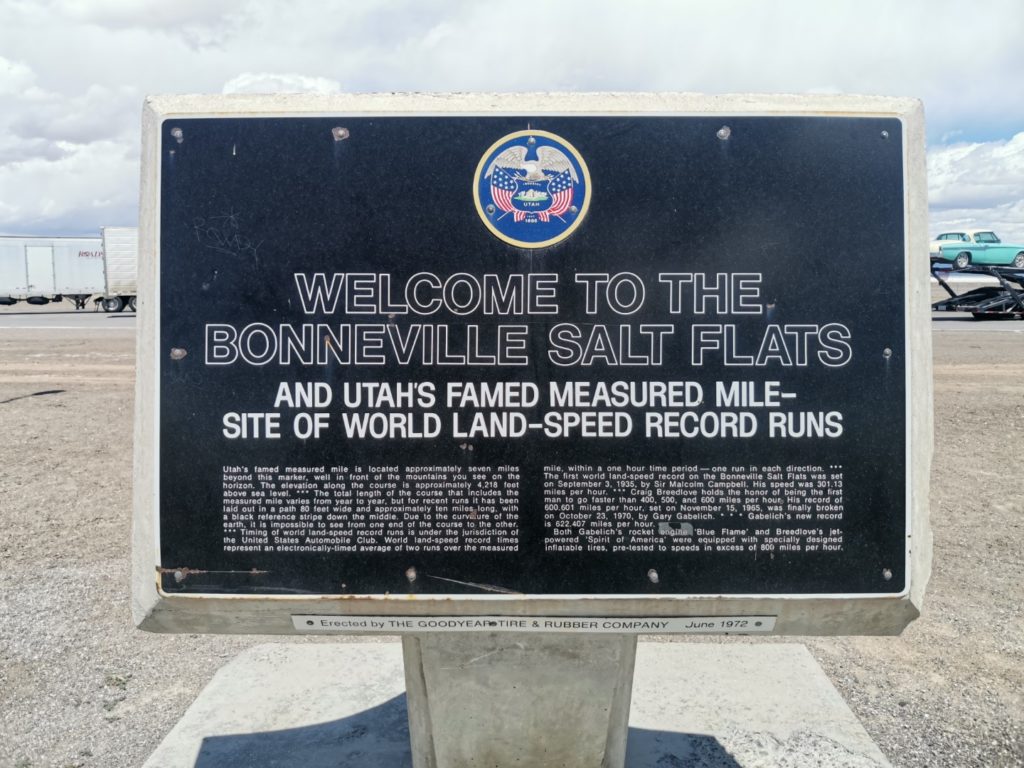
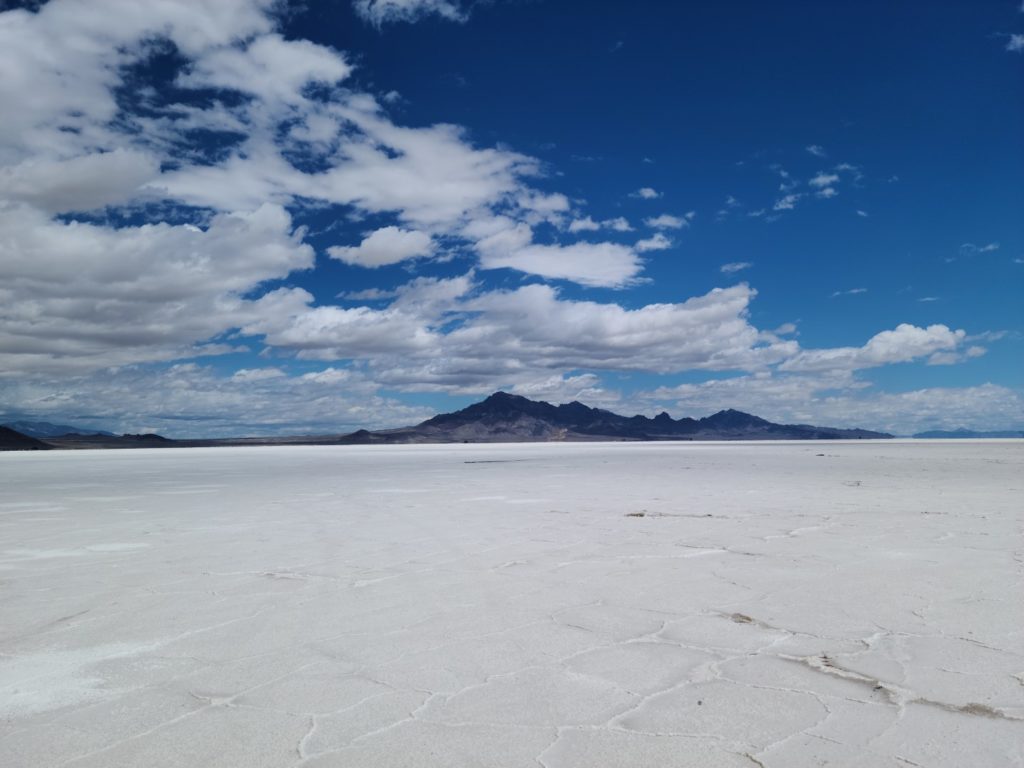
How to get there
Passing by
If you have no plans to drive over salt for any reason (car preservation, limited time, etc) definitely recommend go to Salt Flats Rest Area. There is 2 of them: westbound and eastbound. Both of them have covered picnic area, access to salt fields, foot wash, but only on westbound you can walk to actual Bonneville Salt Flats. On eastbound you just can walk to small salt field and climb on view tower instead. By the way first transcontinental telephone line was completed near of eastbound rest area on June 17th 1914.
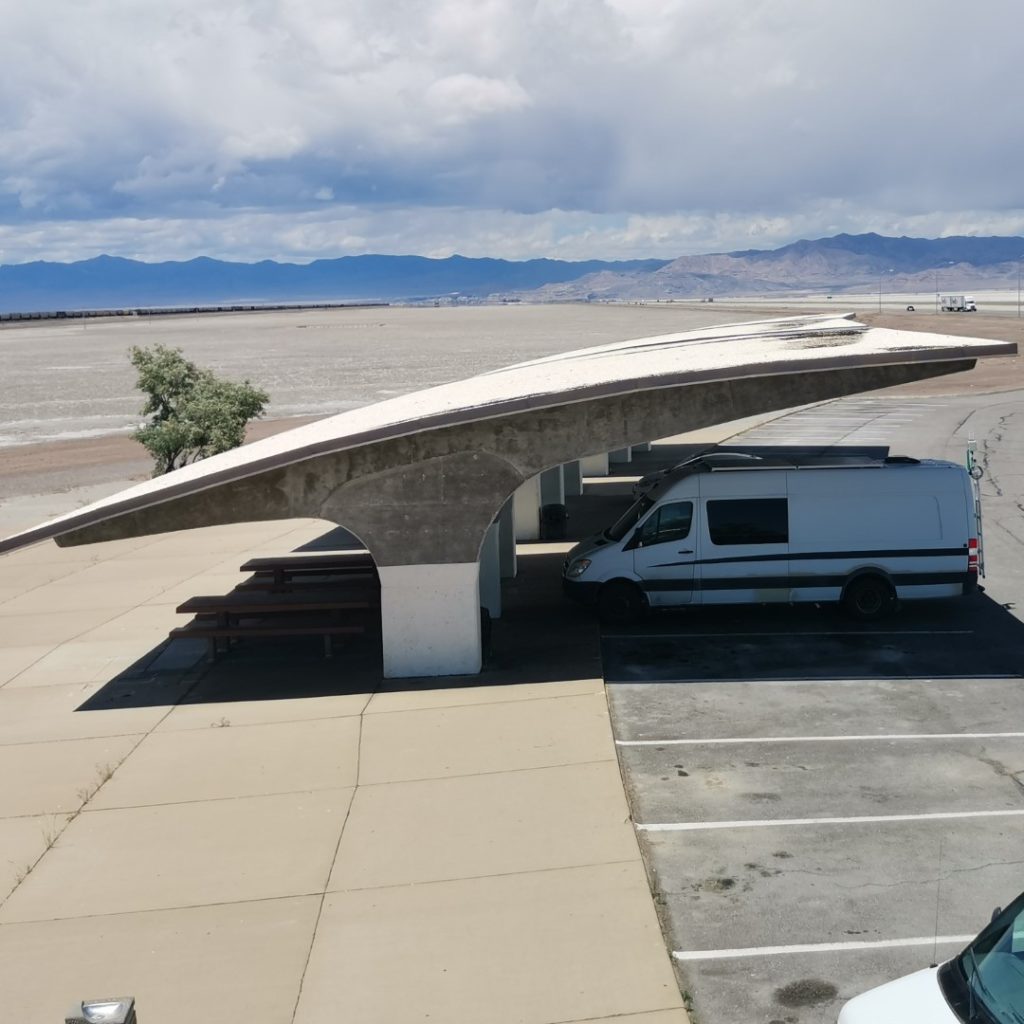
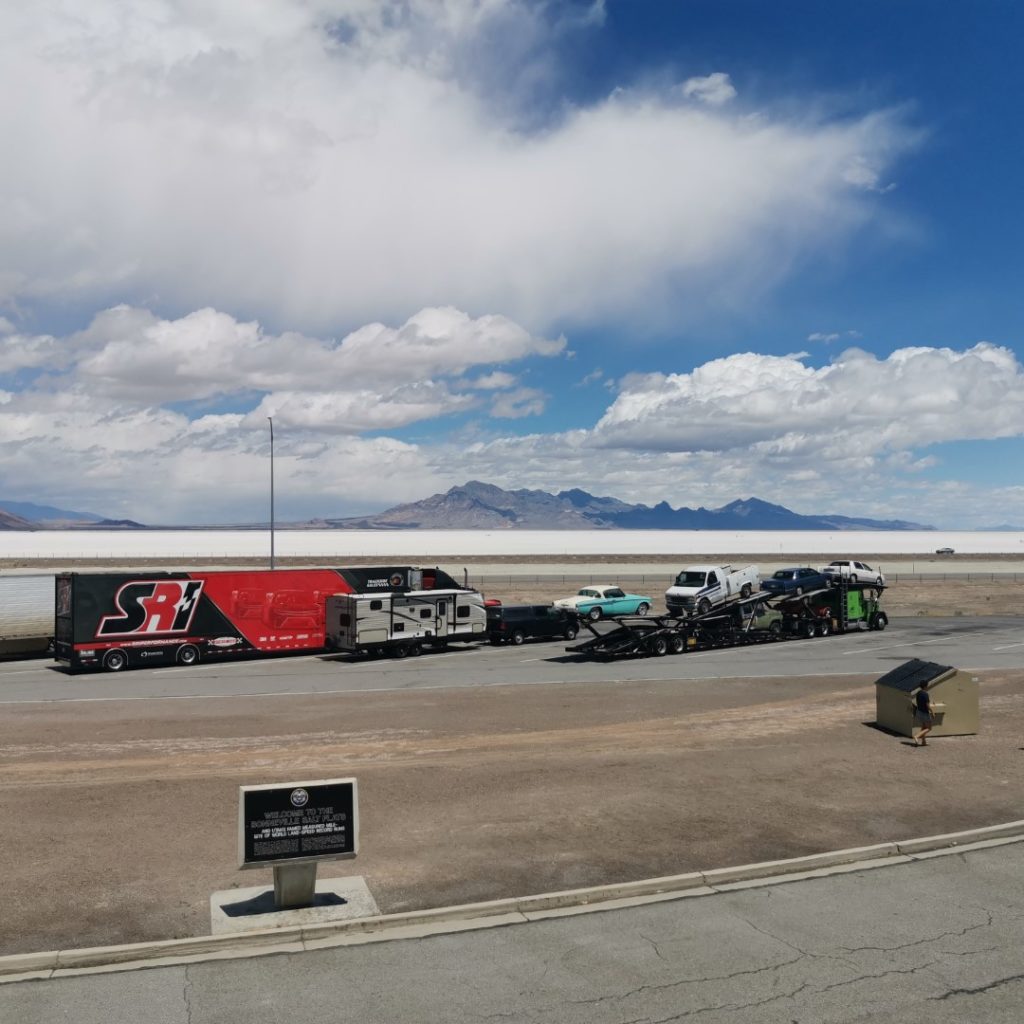
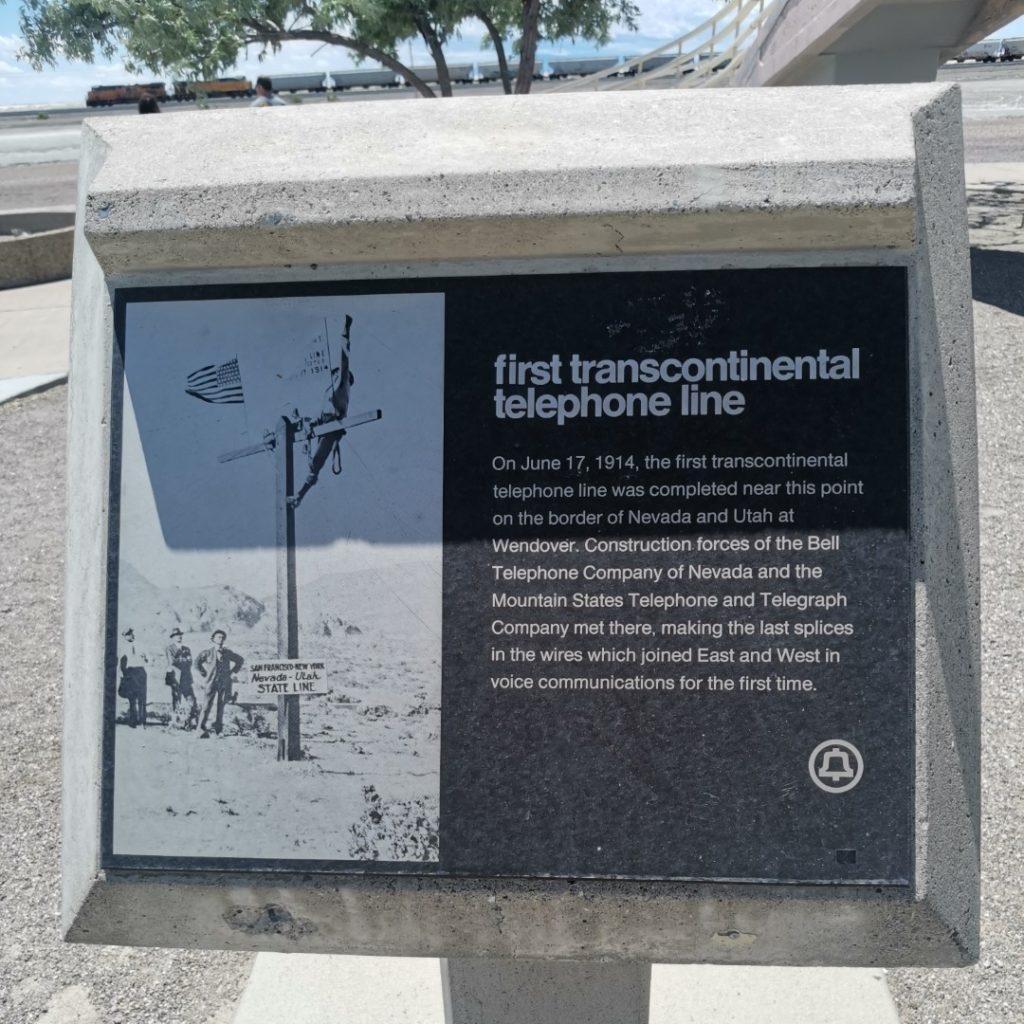
Driving onto flats
If you ready for drive search on map for “Bonneville Salt Flats International Raceway”, otherwise google might bring you to rest area instead where you couldn’t drive into flats. From here you could go any direction at least for mile, we recommend to go east until you reach rectangle shaped crust. It looks awesome on pictures.
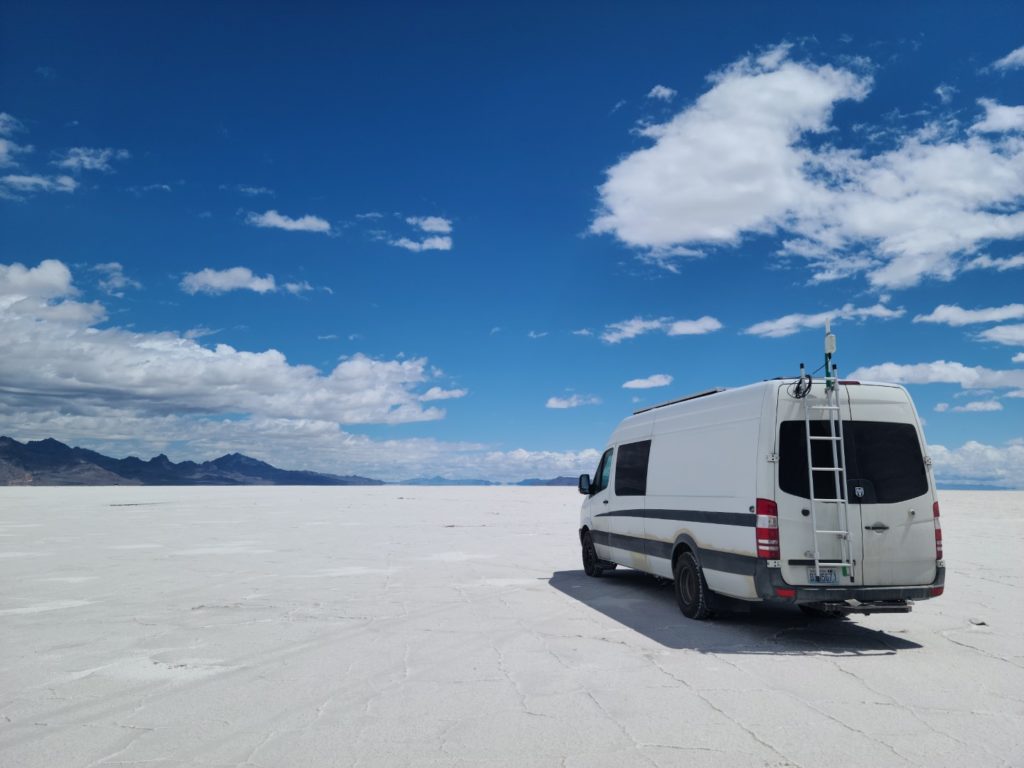
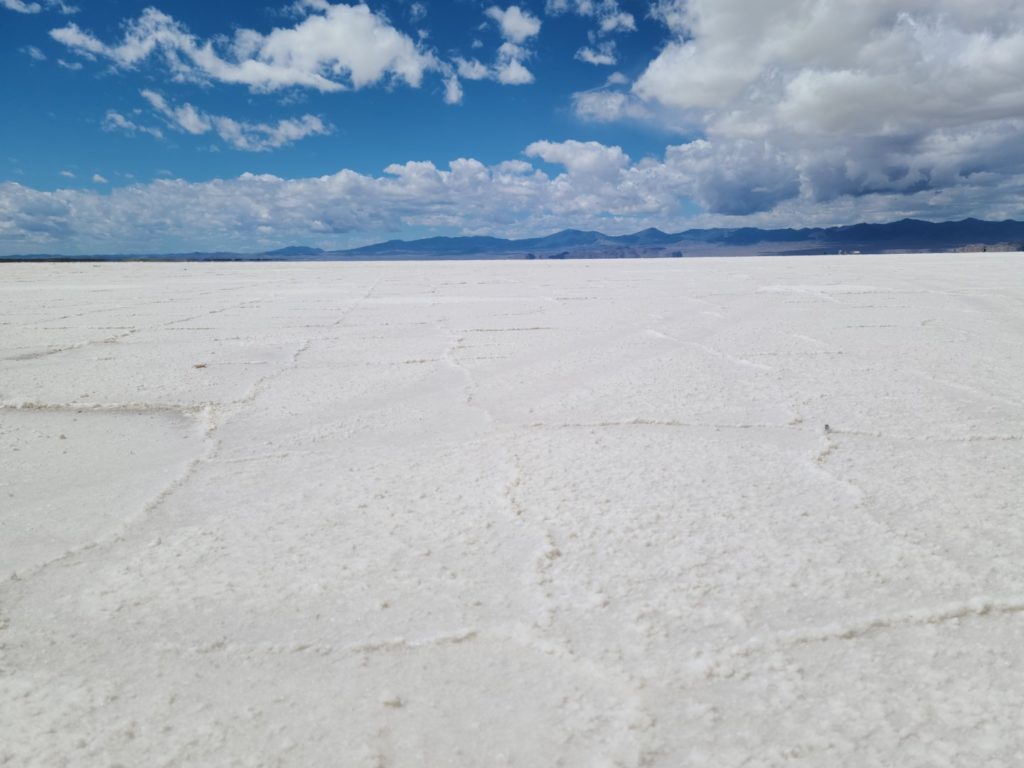
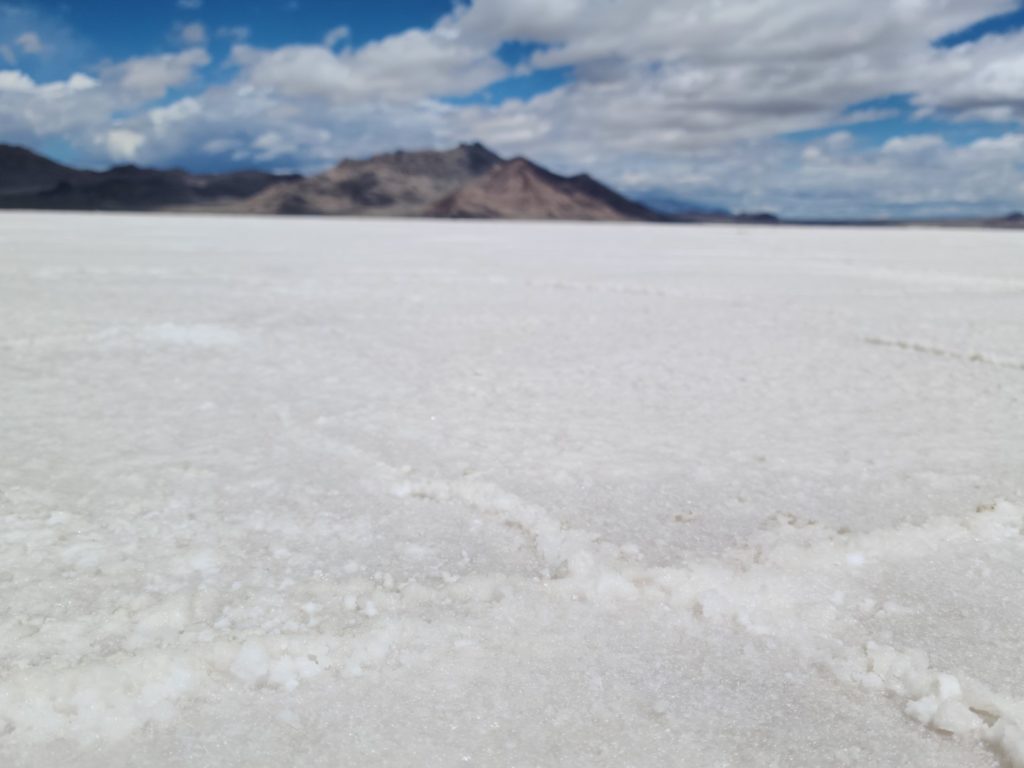
Usage
1. Recreation
Bonneville Salt Flats Special Recreation Management Area is open to public. However during spring motor vehicle could be restricted when salt is wet or water standing over salt crust. Rest of the time you could walk, hike, ride or drive on flats. Make sure you are ready to have your car bottom covered in a salt after speedy drive. Washing off could be tricky, especially from wheel arches.
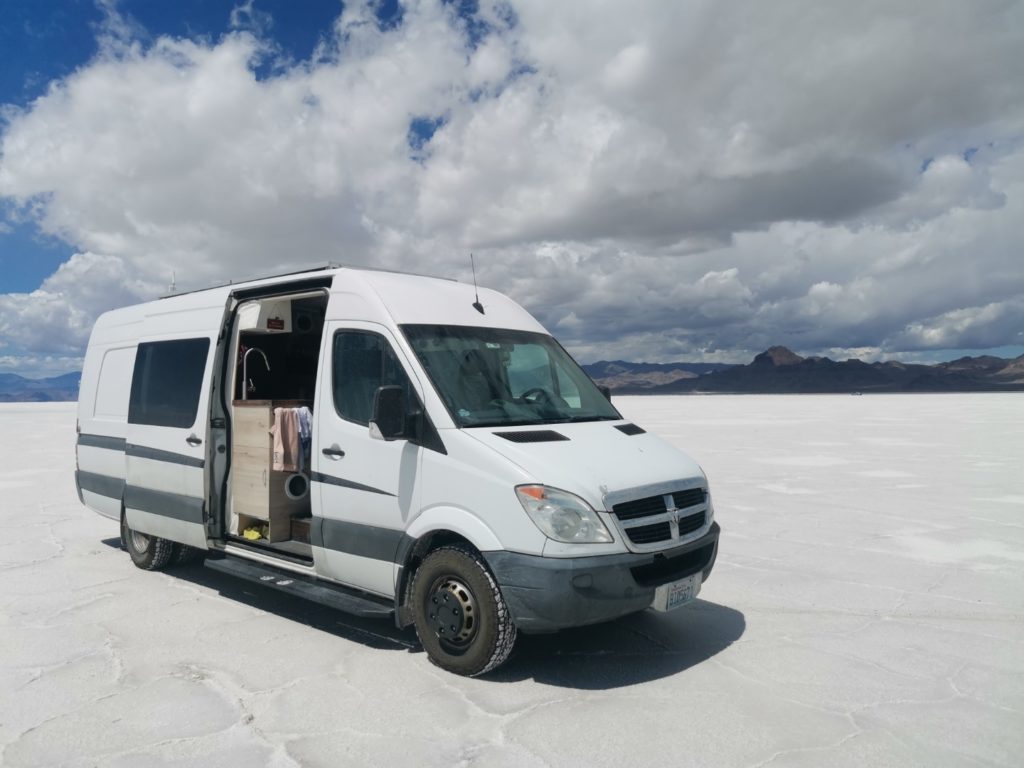
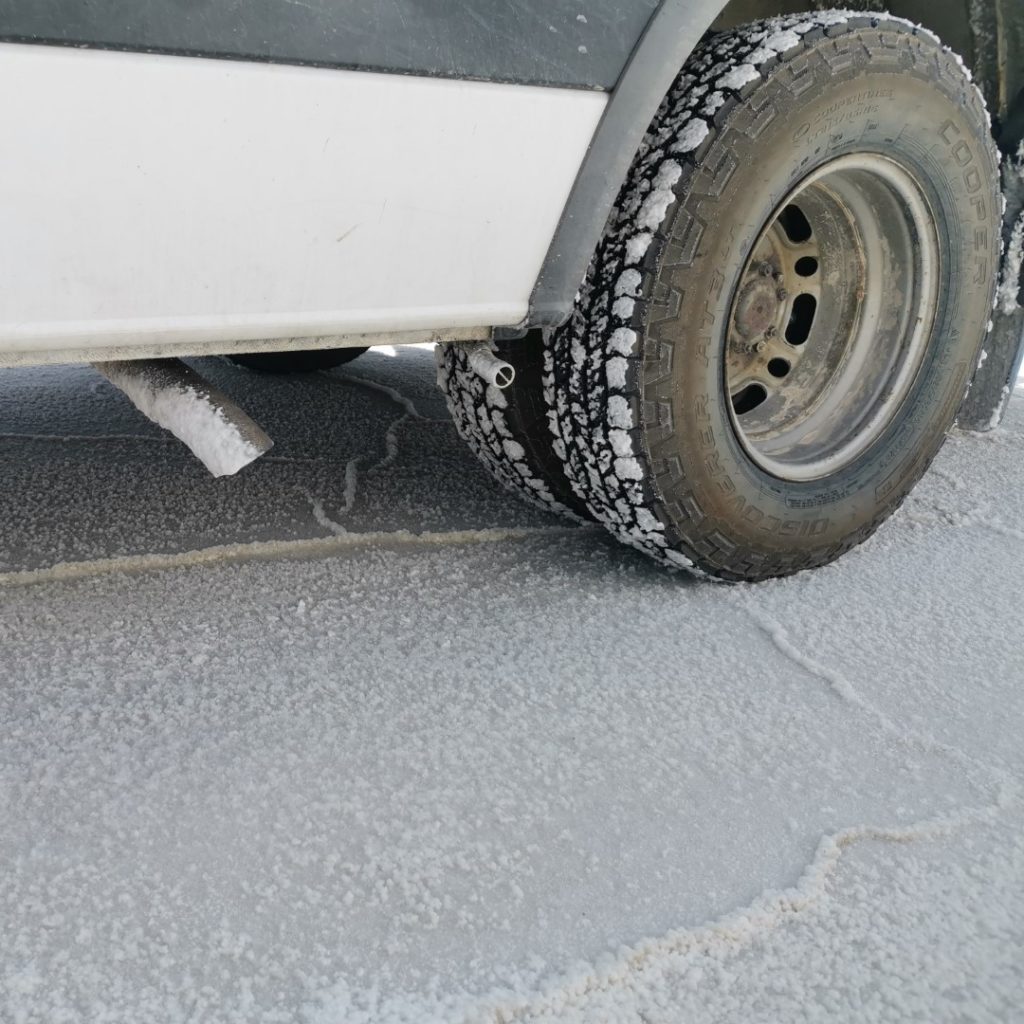
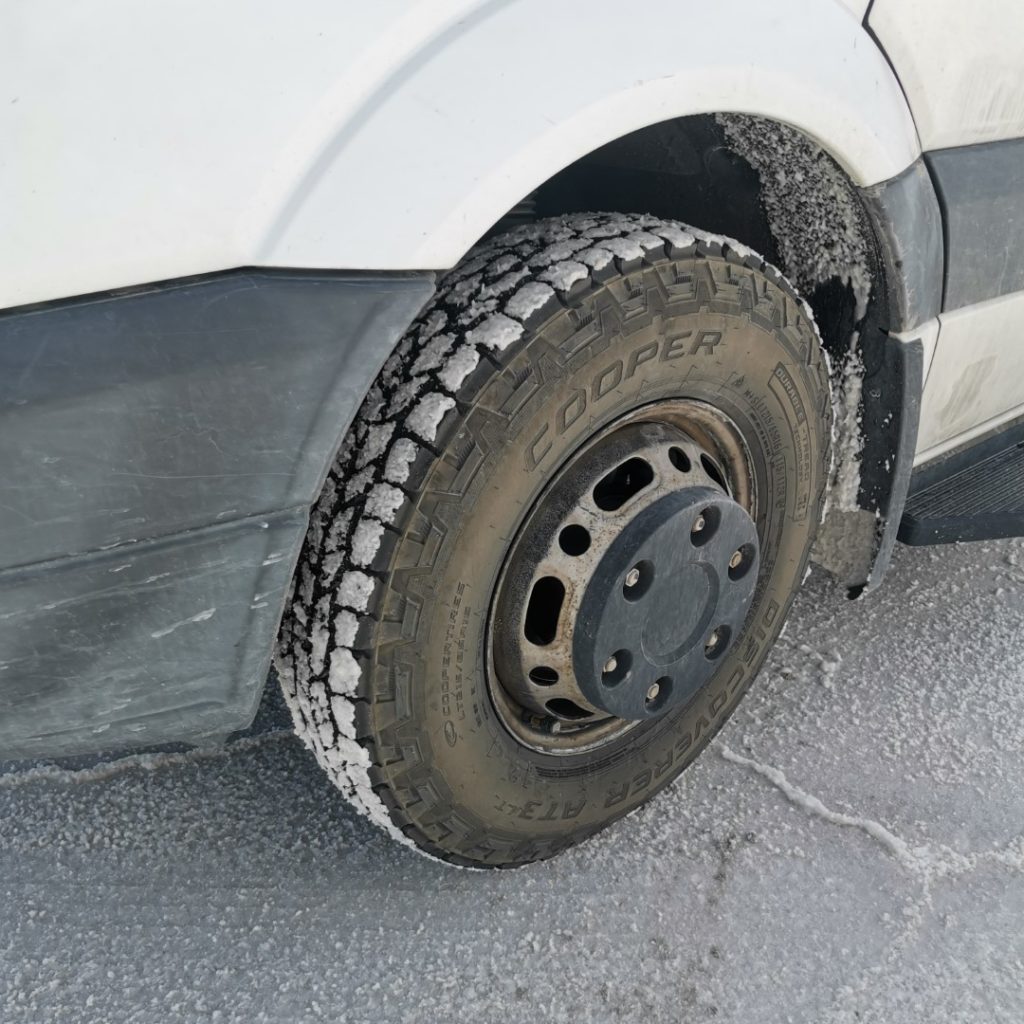
2. Raceway
One of the most famous thing about Flats is a land speed record. First car “stepped” here in 1907 when Bill Rishel drove onto surface in nowadays “extinct” luxury Pierce-Arrow car. Since then motorsport are regular guest of the Flats. Every year several events are taking place in end of summer and fall. Many speed records were set over time. First one with speed over 300 mph took place in 1935 using combustion engine. Then record breached 400, 500 and 600 mph while already using jet and rocket engines. The most recent record of 763 mph was set in different place not far from here in Black Rock Desert, Nevada.
3. US Flight Archery Championships
To my surprise other competition held here is Flight Archery Championship. It’s not like regular archery, it doesn’t matter if you hit the target, only matter is how far your arrow fly. Annual event taking place in first part of September.
Formation
Salt flats formation began at the end of Ice Age, when water from ancient Lake Bonneville slowly disappear. Lake covered of 1/3 of nowadays Utah and was deep up to 1000ft in area of flats. While water was evaporating due to climate change dissolved minerals started building up at the bottom. And resulted in thick salted crust on top of soil.
History
Flats were named after Benjamin Bonneville, army officer and explorer of the west. While he had never been here place got his name because of legendary explorer Joseph R. Walker. In 1833 Joe searched and mapped area while been working for company run by Captain Benjamin L. E. Bonneville. More likely he was hoping for extra promotion, it was common give name of the employer at the moment.
